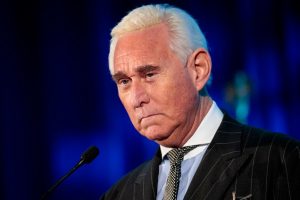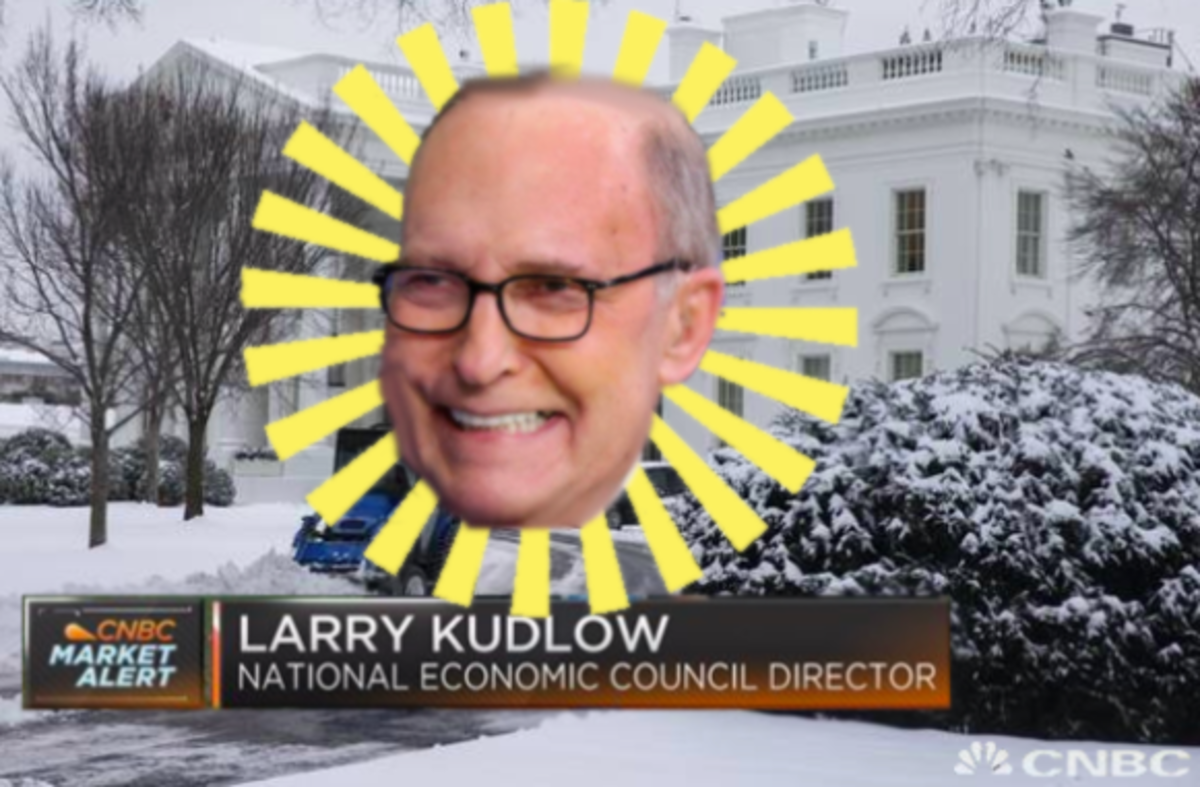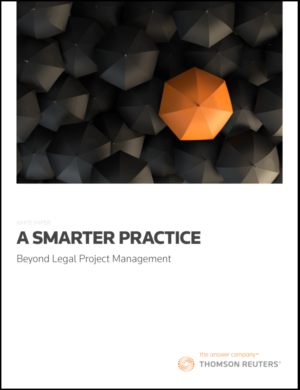Let’s be completely honest: Even if you have a law degree from a top law school or have recently begun studying for the bar exam or even passed it, you may not have your entire career mapped out — and even if you do, you know what they say about best laid plans of mice and men. You may have a general idea of what you would like to do, but like many legal professionals, you may have a strong desire to make a career change after practicing for several years.
The good news is the escape hatch from Biglaw is always nearby. If you decide the high salaries and prestige are not enough to offset the burnout of 70+ hour weeks and 4 a.m. calls from the partner who never sleeps, there exist several options for you. Up until now, the most popular one has been to go in-house. The work is on average, less taxing — at least in terms of hours — and more flexible. One option that is becoming more and more popular is to work as a contract attorney so that you can have more flexible hours and more control over your life. The beauty of contract positions are that they leave your options open. After a few years, you may decide that you want to work full-time again and start working as a Compliance Officer at a Fortune 500 company. There are also cases where we place contact attorneys permanently at Biglaw firms when they express the desire to start working full time again. While Biglaw was once thought of as inflexible — you walked a narrow ledge for eight years until you either careened off into the unknown or made partner has become more and more flexible. The safety netting of contract work, fueled by law firm’s desire to staff efficiently, is serving as both a livelihood and a way station for attorneys in transit.
A contract attorney is an attorney who works on legal cases on an as-needed or temporary basis. The contract can be for a few days, weeks or even a few years. Contract attorneys practice law without a guaranteed employment term. That is, the project may end early or be extended. Typically, when the project is over, contract attorneys move on to the next project. Many individuals confuse contract attorneys with document review specialists who are legally trained professionals (JDs, attorneys, or paralegals) who examine documents to determine whether they are relevant for trial. Unlike contract attorneys, document review specialists typically review contracts, memos, emails, financial documents, spreadsheets, or other types of documents to determine whether the information is relevant to the pending case. In contrast, contract attorneys don’t just review documents all day long. Instead, they might assist with pretrial investigations, conduct in-depth legal research, and summarize their findings in a written brief or report, write contacts and memoranda, and complete high-level work that other associates and other partners would typically handle.
Contract attorneys are typically employed by law firms or staffing firms that have contracted with small and large law firms, and they typically complete a wide range of tasks, depending on the size of the firm. Contract attorneys typically make $150+ an hour for their legal expertise, and even a half-time contract attorney will make well over six figures. The amount they receive depends on many factors. For instance, contract attorneys who are licensed to practice in states with higher living costs, are experienced at handling complex legal issues, or can speak another language are paid much more. Either way, contract attorneys allow individuals to make a nice income while gaining valuable skills that can transfer to other opportunities.
If you’re considering working as a contract attorney or are on the fence about whether this would be a good temporary or permanent position for you, here are a few benefits to consider.
Benefit #1. You Receive a Steady Income and Can Build a Reputation in the Industry
Working as a contract attorney enables you to make steady money for the duration of the project. Depending on your location and specialized skills, you can make a nice supplemental or full-time income. When you work a contract project, you are paid weekly or biweekly, and you gain hands-on experience.
Benefit #2. You Get to Network While You Get Paid
As a contract attorney, you expand your network tremendously. When you take on a new project, you meet new people and this enables you to network with various types of attorneys and legal professionals. These valuable contacts can then help you secure other positions at other firms. Plus, making money builds confidence and keeps the student loan creditors at bay.
Benefit #3. Assignments Are Very Flexible
As a contract attorney, you have flexibility with the type of projects you take on and your work hours. That is, although some firms require you to commit to a set number of hours during the entire project, most employers are flexible as to when you complete these hours. Some firms may even give you the option to complete your hours within a 12-hour window. Or, they may allow you to work overtime (if you choose to do so). However, one of the benefits of working contract positions is that you typically leave your work at work and won’t be required to take it home with you (again, unless you choose to do so). Plus, most firms are flexible with your schedule and as long as you make up any missing time, you can also take time off for interviews, family emergencies, etc., without being penalized.
Benefit #4. Not Hard to Find Opportunities
There are numerous opportunities available for contract attorneys, specifically ones who are willing to travel to remote locations. Depending on your skills and interest, Bridgeline Solutions can place top attorneys in temporary or permanent contract attorney roles. We have locations in Atlanta, Chicago, Boston, Dallas, Los Angeles, New York, Hong Kong, and more. Having been in business for over 10 years, we have developed a sound reputation in the legal industry with our dedicated pool of legal professionals and work closely with firms to find the right candidates. The rate for contract attorneys is growing exponentially and researchers estimate that the employment outlook for contract attorneys will grow more than 10 percent over the next ten years, which is faster than the average for other occupations. To make the most of this surge in contract attorney opportunities, you should pair up with a reputable staffing firm, always do your best to represent the staffing and law firm throughout the duration of the project, understand the project requirements, complete all assignments, and notify your legal recruiter or supervisor if any issues arise.
Benefit #5. Learn About the Litigation Process
As a contract attorney, you get paid as you learn how to practice law. That is, contract assignments enable you to gain valuable experience while improving your research, writing, analytical, and litigation skills. You avoid a steep learning curve as you are ultimately thrown into a fast-paced environment and taught how to swim in the experienced legal pool. No more wading in the shallow end. Instead, you go deep. You learn how to use valuable eDiscovery software and improve your legal research and writing skills. You learn how to draft pretrial motions and code documents. In essence, you learn how to practice law.
Benefit #6. You Build a Name for Yourself and Open Up Better Opportunities
By working hard at your craft, you can demonstrate your competency as a highly intelligent and dedicated legal professional amongst your peers. This may lead to advancement opportunities and steady work at the firm. Or, at the very least, you can earn a fine reputation as a hardworking, intelligent, and dedicated contractor. This alone can prove to be invaluable during future job searches, as a strong legal reference goes a long way. Plus, the legal training you receive on contract projects is not taught in law school, and you will significantly improve your skills with every completed project that will make. This will make you much more marketable in the industry.
In conclusion, working as a contract attorney can help you secure your dream position or help you make steady income as you search. Not only will you learn valuable and transferrable skills, but you can build a valuable network. Because you aren’t tied to one firm or practice area, you can try out different areas of law until you find the one that strikes your fancy. Plus, you’ll gain practical legal knowledge and get paid for on-the-job legal training. Finally, you’ll keep the student loan and mortgage collection trolls away. Who knows? Working as a contract attorney may just be your dream legal job — or at least a step in the right direction. Good luck!
![]() Bridgeline Solutions pioneered the legal staffing industry and established many of its best practices. From Am Law 200 firms, Fortune 500 companies and financial institutions to boutique law firms — organizations around the world partner with us as their go-to legal & compliance staffing partner. With offices in over a dozen cities across the United States and Asia, we find our attorneys temporary positions in every legal market.
Bridgeline Solutions pioneered the legal staffing industry and established many of its best practices. From Am Law 200 firms, Fortune 500 companies and financial institutions to boutique law firms — organizations around the world partner with us as their go-to legal & compliance staffing partner. With offices in over a dozen cities across the United States and Asia, we find our attorneys temporary positions in every legal market.



 Kathryn Rubino is a Senior Editor at Above the Law, and host of
Kathryn Rubino is a Senior Editor at Above the Law, and host of 












